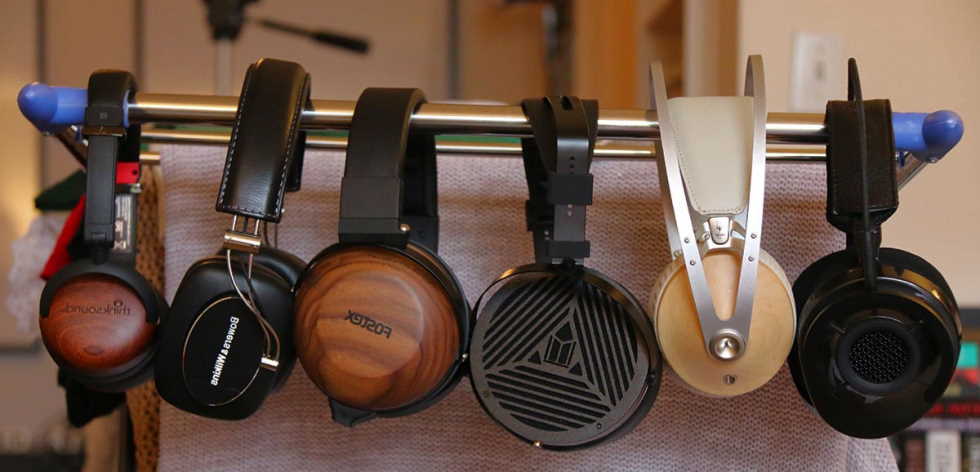It seems like even experts are being robbed of the impedance requirements when buying a headset. I think it helps me, professionally or not, to know a little more about this story though.
If you purchase headphones merely to get a great level of sound when listening to your music player or use them in a professional environment, you should understand the effect of impedance on headphone sound quality and its effect on your life.
When you pick the wrong one, it is not that the gates below should unlock, so you want to get your money’s worth and match your headphones to the best use.
When it comes to low-impedance headphones, measured below 50 ohms, it is good to use a receiver at home or even to attach it to your smartphones.

However, high-impedance models are best used at home or in your studio, where you can really feel and be one with the music.
The higher the impedance, the better the quality of sound you will be getting. It provides more wire turns from driver’s voice coil.
Do you love music? Back in the days of legendary Cliff Burton Classic Metallica sounds majestic across this avenue.
Because the thin wire has a lower mass it gives a better quality of sound to the headphones with high impedance.
The voice coil wires match better, so less air flows between the windings, creating a greater electromagnetic field. Relative to low impedance models, distortion is dramatically minimized.

High impedance headphones require higher tension sources
Oh, but just wait one minute! Once you choose those headphones with higher ohms you need an amplifier that can withstand the voltage and push the impedance spikes at the appropriate frequencies.
And, if your amplifier is not able to hold on to it and keep up the pulse frequency, wonder what you get? Loss of speed, or roll-off.


